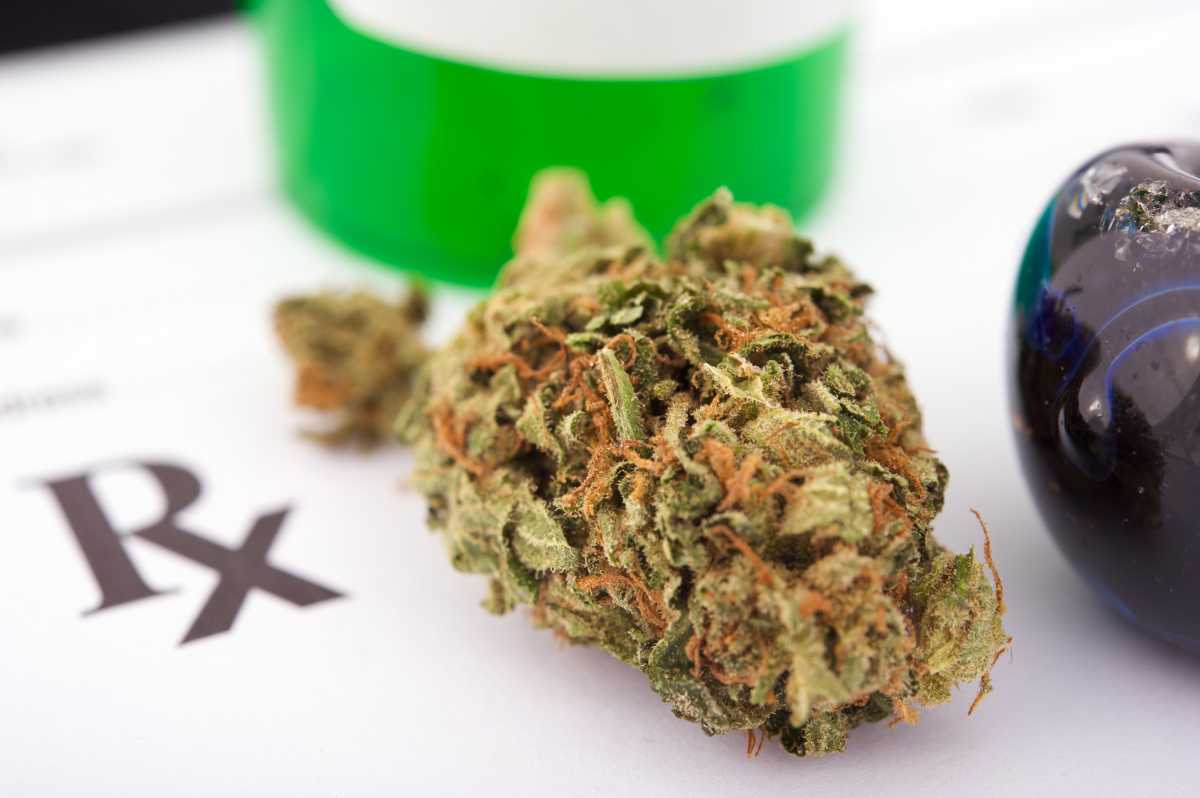[[{“value”:”
Anxiety-related disorders are the most common mental illnesses in the U.S., but less than half of people suffering from them are receiving treatment, according to the Anxiety and Depression Association of America.
Anxiety disorders are those mental health conditions that cause fear and other symptoms that are out of proportion to the situation. A person with an anxiety disorder may also experience physical signs such as a pounding heart, sweating or a panic attack. While we all get anxious in certain situations, people with these conditions often have trouble functioning in their daily lives because of their condition.
Most common types include generalized anxiety disorder, specific phobias and social anxiety disorder.
Other mental health conditions like post-traumatic stress disorder, acute stress disorder and obsessive-compulsive disorder share features with anxiety disorders, but the American Psychiatric Association classifies them as distinct conditions.
Treatments for anxiety
Treatment generally includes a combination of medication and psychotherapy. Antidepressants, benzodiazepines and beta-blockers are all used to reduce symptoms of anxiety disorders. Psychotherapy includes exposure therapy and cognitive behavioral therapy.
Interest in using medical marijuana as a way to manage symptoms continues to grow. While these disorders are currently approved to be treated with medical marijuana, the verdict is still out on what are the safest and most effective doses. More research is needed, most experts say.
Most medical marijuana products are a combination of Cannabidiol or CBD and Tetrahydrocannabinol or THC. CBD provides pain relief but won’t get you high. THC is a psychoactive compound that can provide pain relief but also can have hallucinogenic effects in high doses.
Side effects of marijuana, especially in high quantities, include extreme confusion, paranoia, anxiety or panic, rapid heart rate, increased blood pressure, dizziness, nausea or hallucinations. It can be addictive and can lead to depression and anxiety, making it a double-edged sword when being used to treat anxiety.
Expert insight
Metro Philadelphia spoke to Sandy Capaldi, Psy.D., associate professor of clinical psychiatry and the associate director, outpatient clinical director and director of implementation at the Center for the Treatment and Study of Anxiety at Penn Medicine, about what the current research says about the interaction between anxiety and marijuana.
She told Metro that the use of medical marijuana for anxiety-related disorders is a complex, evolving situation.
“The research done has been a bit equivocal. Some show potential benefits, while some show potential risks. There are some many different nuances,” she explained.
“Lower dose THC can reduce anxiety, but higher doses worsen it. CBS more consistently reduces it. Different strains of medical marijuana can be more or less effective.”
She added that people may be able to obtain a medical marijuana card to treat their anxiety but not receive the most accurate dosage information. There is not a lot of oversight on it right now and more research is needed on proper dosing.
Medical marijuana is recommended for use to be used alongside other treatments for anxiety, but whether that actually happens or not, is not clear.
“People look for the least intensive way to treat their anxiety,” she said.
Capaldi cautioned though that medical marijuana is not a first-line treatment because of all the unknowns and concerns for negative side effects including increased sensitivity to anxiety, psychotic episodes, physical dependency and higher risk for a substance abuse disorder.
She said that exposure therapy where people are asked to face their fears is the gold standard treatment for anxiety-related disorders. In a systematic way, patients learn how to handle their fears, realizing that the situation is not as bad as they thought or that they are strong enough to handle it.
Using medical marijuana while undergoing exposure therapy can pose challenges to the effectiveness of the therapy, she explained.
“In my opinion, there is a lot to consider when deciding to treat with medical marijuana or not. I see people being able to face fears and get better with exposure therapy. Medical marijuana often is just a band aid. It is unfortunate that with the power and effectiveness of current treatments that people are suffering every day.”
What the research shows
The most commonly reported benefits of medical marijuana use include an increased sense of calm, relaxation and improved sleep.
According to University of Washington researchers, THC does appear to decrease anxiety at lower doses and increase anxiety at higher doses. CBD appears to decrease anxiety at all doses that have been tested. They found that treating anxiety with medical marijuana may offer short-term benefits, but when used for a long duration, may increase risk of substance use.
Another concern is that cannabis is composed of more than 500 chemical substances and only a small amount of them have been studied so far.
In another review of studies, researchers found that CBD may reduce anxiety with minimal adverse effects compared to a placebo, but that the variety of types of anxiety disorders and CBD dosages used in the studies often led to contradictory findings. This suggests the need for more randomized controlled trials with better methodologies to have a clearer understanding of the most effective dosing.
Bottom line: Don’t delay getting help
The bottom line is that medical marijuana doesn’t appear to offer the same long-term effects as other anxiety treatments.
If you think you may suffer from an anxiety disorder, it is important that you don’t ignore your symptoms. Any delays in treatment can lead to serious complications like difficulty with relationships, increased risk of a substance use disorder, depression or even suicide. Constant anxiety can also lead to a heart attack.
Make an appointment with your doctor as soon as possible so you can discuss the best treatment options for you.
“}]]Anxiety-related disorders are the most common mental illnesses in the U.S., but less than half of people suffering from them are receiving treatment. Read More


